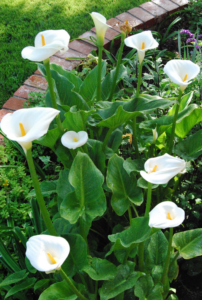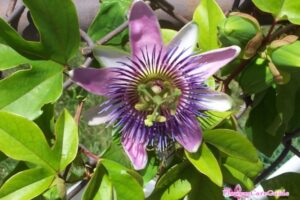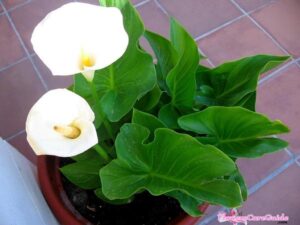With a variety of species, passion vines can probably be grown in any place in the world. It is normally expected that the bloom of the robust perennial vine will produce juicy fruits. However, sometimes, passion vine flowers but doesn’t set fruit for some specific reasons.
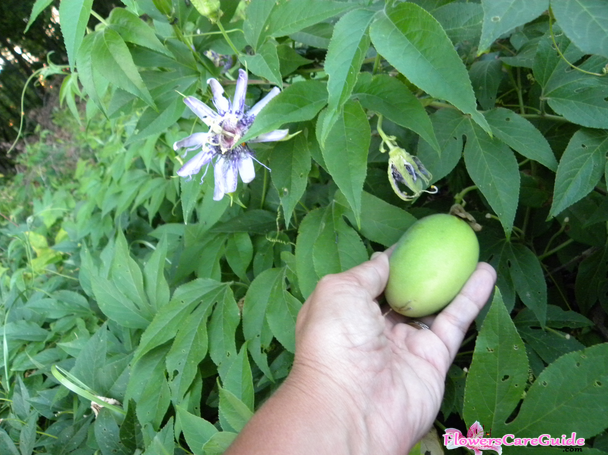
Passion Vine flowers but no fruit
Belonging to the family of Passifloraceae, the vines can produce so many fruits that it was banned in some places, such as some community gardens. They produce purple and yellow varieties; those fruits are used for processing and export purposes. The purple is the better-known fruit of the two. Interestingly, passion fruits bring high profit for the industry in Australia, Hawaii, South Africa, and Brazil.
It will be incomplete if your stunning, vigorous perennial vine blossom but has no fruit. Many gardeners keep wondering why passion vine refuse to set fruit. Let find out how to make your passion flower vine to produce juicy fruits.
The way to get Passion Flower Vine to Produce
Passion fruits grow on climbing plants. The fruit contains a yellow, jelly-like pulp with a scattering of black edible seeds. They are tasty with a flavor similar to that of guava and a floral aroma, which is characterized by tropical fruit. Therefore, most gardeners want to make their passion vine fruiting.
Help Passion Flower Vine pollinating
In regard to the passion flower’s fruiting process, most varieties are self-sterile, as a result, it requires to be pollinated. Pollination is the transfer of pollen from a stamen to a pistil. While the dark purple passion vine can self-pollinate and fruit, yellow passion vines cannot. It needs a different vine that is genetically compatible to start the pollination. In other words, the pollination process for yellow passion flower only occurs when you have two identical passion vines in your garden.
Bee is another factor in the pollination process. However, the effect of pollination is different from the type of bees. While honey bees are an effective pollinator for some small varieties, the carpenter bee can pollinate for almost every passion vine cultivars. To attract carpenter bees that have a similar appearance to a bumblebee, gardeners should place hollow logs near the plant. If bees do not exist at your place, you can opt for hand pollination, also called “mechanical pollination”.
Control Temperature for Passion flower
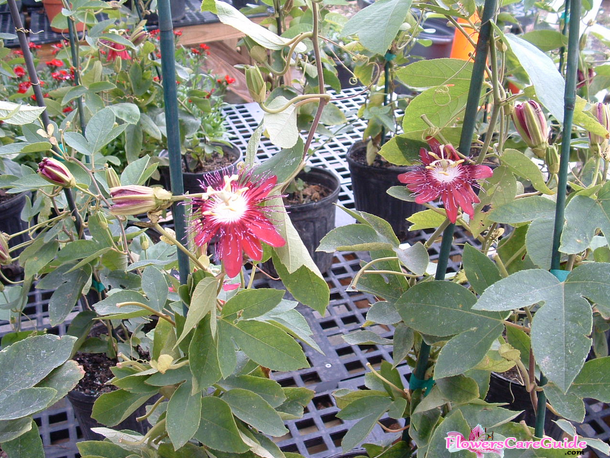
As a tropical fruit, the temperature can affect the fruiting process. The temperature requirement is different for the different varieties. For instance, Giant Granadilla can bloom in hot weather as well but it requires mild temperatures for normal fruiting. If not, they might produce misshapen fruit or no fruit at all.
Passion flower vine Growing Conditions
Whether your passion flower vines fruit or not depends on how you take care of them. The ideal environment for passion flower is a tropical climate with a lot of sunlight and suitable temperature. As climbing plants, the roots need space to grow. Get rid of the weed or other competing plants, so the vine can get lots of room to climb.
You need to apply the fertilizer around the entire root system, not just around the base of the climbing tree. The perfect timing to fertilize passion flower vine is in spring and once per four weeks throughout the summer with fresh water. Although the vines can be blooming, it still takes from 12 to 18 months for a newly planted vine to grow up and produce fruit.
Pruning of passion vine
Without pruning, the passion vine can still grow, but it grows best when being pruned. By pruning, the sun can reach the flower and support the ripening process. Besides, it urges the plant’s growth strongly and healthy which is good for fruiting. Spring is the perfect timing for pruning. Be careful not to cut a major branch while taking care of your passion flower vine.
These instructions might help you to harvest and enjoy fruit which was grown by your own hand. If not, this climbing plant still makes your garden addiction for its unique and beautiful passion vine blooms.

